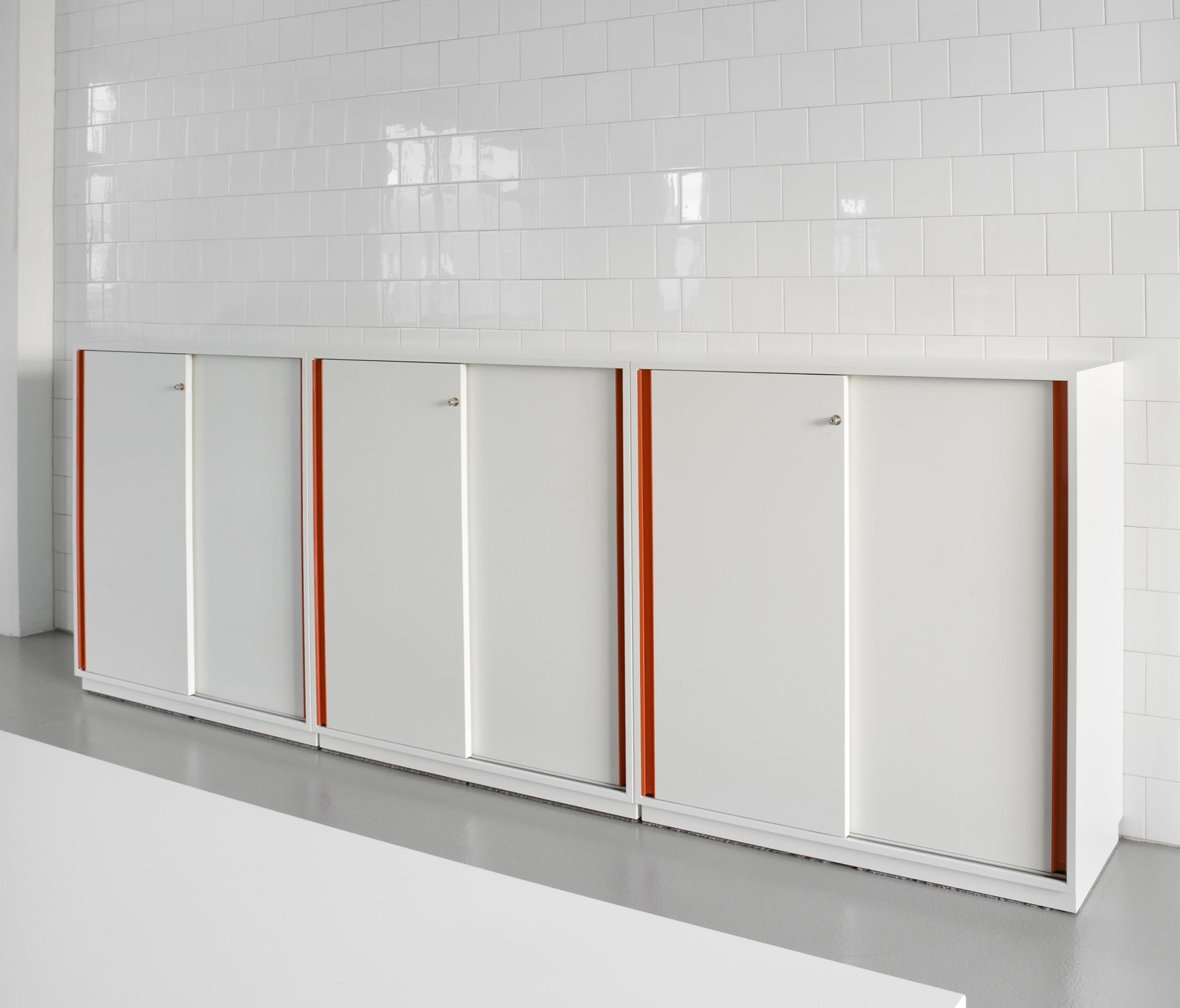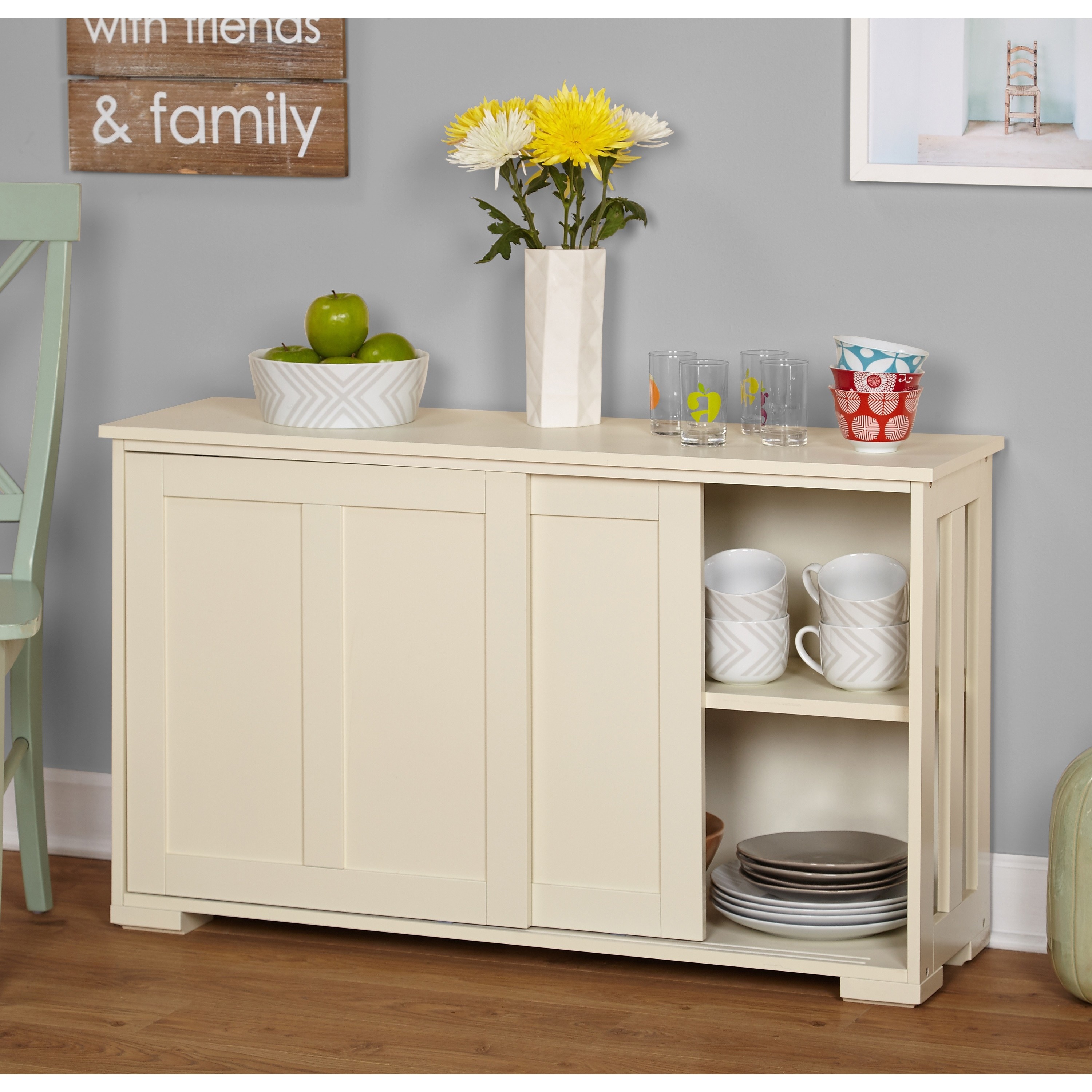Design & Aesthetics of Sliding Door Accent Cabinets

Sliding door accent cabinets offer a blend of functionality and style, seamlessly integrating storage with interior design. Their sleek profile and space-saving design make them a popular choice for modern homes. The choice of materials, colors, and hardware significantly impacts the overall aesthetic, allowing for customization to suit diverse tastes and interior styles.
Sliding Door Accent Cabinet Designs
Three distinct sliding door accent cabinet designs illustrate the versatility of this furniture piece. First, a rustic charm is achieved with a solid oak cabinet, stained a warm honey color. The wood grain is visible, adding texture and natural beauty. This cabinet would be ideal for a living room or dining room, storing books, tableware, or decorative items. Second, a sleek and modern design is presented using powder-coated steel in a matte black finish. Clean lines and minimalist aesthetics characterize this piece, perfect for a contemporary office or entryway. Its smooth surface is ideal for storing files, electronics, or keys. Finally, a sophisticated glass-fronted cabinet offers both storage and display functionality. The cabinet frame is crafted from light-colored beech wood, and the glass panels allow for showcasing collectibles or glassware. This design suits a more formal living room or study.
Handle Styles and Their Visual Impact
The choice of handles significantly influences the overall aesthetic of a sliding door accent cabinet. Simple, brushed nickel knobs add a touch of understated elegance to a wooden cabinet, complementing its natural texture. Sleek, bar-style pulls in a matte black finish create a modern and minimalist look on a metal cabinet, enhancing its clean lines. Recessed handles, seamlessly integrated into the cabinet’s surface, offer a clean, handle-less look, ideal for a minimalist or contemporary design. The absence of protruding handles contributes to a smooth, uncluttered surface. These variations demonstrate how subtle changes in hardware can drastically alter the visual perception of the cabinet.
Material Comparison for Sliding Door Accent Cabinets
| Material | Pros | Cons | Suitability |
|---|---|---|---|
| Solid Wood | Durable, aesthetically pleasing, adds warmth | Expensive, susceptible to moisture damage, requires regular maintenance | High-end, traditional, or rustic styles |
| MDF | Affordable, versatile, easily painted or stained | Less durable than solid wood, prone to chipping or denting | Budget-friendly projects, modern designs |
| Laminate | Affordable, durable, easy to clean, variety of finishes | Can appear less luxurious than solid wood, susceptible to scratches | Contemporary styles, high-traffic areas |
Functionality & Practical Considerations: Sliding Door Accent Cabinet

Sliding door accent cabinets offer a blend of style and practicality, enhancing both the aesthetics and functionality of a room. Their design cleverly addresses common storage challenges, making them a versatile choice for various spaces. The advantages of sliding doors over traditional hinged doors are significant, particularly in terms of space efficiency and ease of access.
Sliding doors, unlike hinged doors, don’t require any outward swing space. This is a considerable advantage in smaller rooms or areas with limited floor space. Imagine a hallway where a hinged door would constantly obstruct passage; a sliding door eliminates this problem entirely. Furthermore, accessing the contents is simpler. You can easily open the cabinet partially to retrieve items without needing to fully clear the area in front of the door, a significant improvement over the limited access a hinged door might offer.
Space-Saving Advantages of Sliding Doors
The primary benefit of sliding doors on accent cabinets is their space-saving nature. They eliminate the need for clearance space in front of the cabinet, unlike hinged doors which require room to swing open. This is especially valuable in smaller rooms, hallways, or areas with limited space. For example, a sliding door cabinet in a narrow hallway allows for unimpeded movement, whereas a hinged door would cause constant obstruction. The difference is immediately apparent and highly beneficial for space optimization.
Internal Organization Systems
A well-organized interior maximizes the functionality of any accent cabinet. Several internal organization systems can be implemented to tailor the cabinet to specific storage needs. Shelves are the most common and versatile option, providing adjustable height for varied item sizes. For instance, you might have taller shelves for books and shorter ones for smaller decorative items. Drawers offer another level of organization, ideal for smaller, easily lost items like jewelry or stationery. Imagine a drawer dedicated to your favorite pens and pencils, keeping them readily accessible and neatly contained. Finally, dividers within shelves or drawers create further compartmentalization, preventing items from toppling over and keeping everything in its place. For example, dividers in a jewelry drawer could keep necklaces separate from earrings, preventing tangling.
Cabinet Lighting Integration
Integrated lighting dramatically enhances both the functionality and aesthetic appeal of a sliding door accent cabinet. Several lighting types can be incorporated, each with its own advantages. LED strip lighting, for instance, can be affixed to the interior back wall or the underside of shelves, providing soft, even illumination. This type of lighting is energy-efficient and long-lasting, perfect for showcasing the contents within. Small puck lights, strategically placed on the shelves, provide focused illumination on specific items, particularly effective for displaying collectibles or prized possessions. Finally, under-cabinet lighting, mounted below the cabinet, adds a subtle yet elegant glow, enhancing the cabinet’s visual presence in the room and illuminating the area below. Imagine a softly lit cabinet showcasing a collection of porcelain figurines, highlighting their delicate details.
Integration & Placement in Home Decor

Sliding door accent cabinets are more than just storage; they’re versatile design elements that can seamlessly integrate into various home styles and spaces. Their understated elegance allows them to enhance a room’s aesthetic without overpowering it, offering both functionality and visual appeal. The key lies in choosing the right cabinet for your existing décor and placing it strategically to maximize its impact.
Accent Cabinet Styles and Interior Design
A sliding door accent cabinet’s adaptability is a key strength. Its clean lines and customizable features make it a perfect fit for numerous interior design styles. Consider these examples:
- Minimalist: A sleek, minimalist cabinet in a neutral color like white or light gray would complement a minimalist space perfectly. Simple lines and a lack of ornamentation are key, allowing the cabinet to blend subtly into the background while still providing essential storage. Imagine a narrow, tall cabinet against a blank wall, its subtle presence adding a touch of refined functionality.
- Modern: Modern design often embraces bold colors and geometric shapes. A cabinet with a vibrant color or a unique geometric pattern on the sliding doors could add a pop of personality to a modern living room or bedroom. A dark wood cabinet with clean, straight lines would also fit seamlessly into this style. Think of a low, wide cabinet acting as a media console, showcasing sleek electronics and stylish storage.
- Traditional: For a traditional setting, choose a cabinet with ornate details, perhaps crafted from rich, dark wood. Intricate carvings or a more elaborate finish would enhance the overall elegance of the space. Picture a tall, substantial cabinet in a warm cherry wood finish, placed in a hallway to complement antique furniture.
- Farmhouse: A farmhouse-style cabinet might feature a distressed wood finish or painted surfaces, perhaps with a slightly rustic look. Metal accents or a slightly more casual design would be suitable here. Visualize a whitewashed cabinet with black metal hardware, tucked away in a kitchen or dining room, blending effortlessly with the rustic charm.
Optimal Placement of Sliding Door Accent Cabinets
Careful placement significantly impacts the cabinet’s functionality and visual appeal. The size of the cabinet and the surrounding furniture should be considered to achieve the best results.
- Living Room: A smaller cabinet can serve as a side table, while a larger one could act as a media console or a stylish storage unit behind a sofa. Consider the size of the living room and the existing furniture arrangement. Avoid placing it in a high-traffic area that could hinder movement.
- Bedroom: A cabinet in the bedroom could be used for storing clothes, linens, or other personal items. Placement near the bed or dresser can create a convenient storage solution. The size should be proportionate to the bedroom’s dimensions, avoiding overwhelming the space.
- Dining Room: In a dining room, a cabinet could store extra tableware, linens, or serving dishes. Positioning it near the dining table or buffet can improve efficiency. Choose a size that complements the dining table and other furniture without blocking walkways.
- Hallway: A narrow cabinet in a hallway can provide valuable storage space for coats, shoes, or other items. The height and width should be carefully considered to ensure it doesn’t obstruct the hallway. A slim, tall cabinet can be particularly effective in a narrow hallway.
